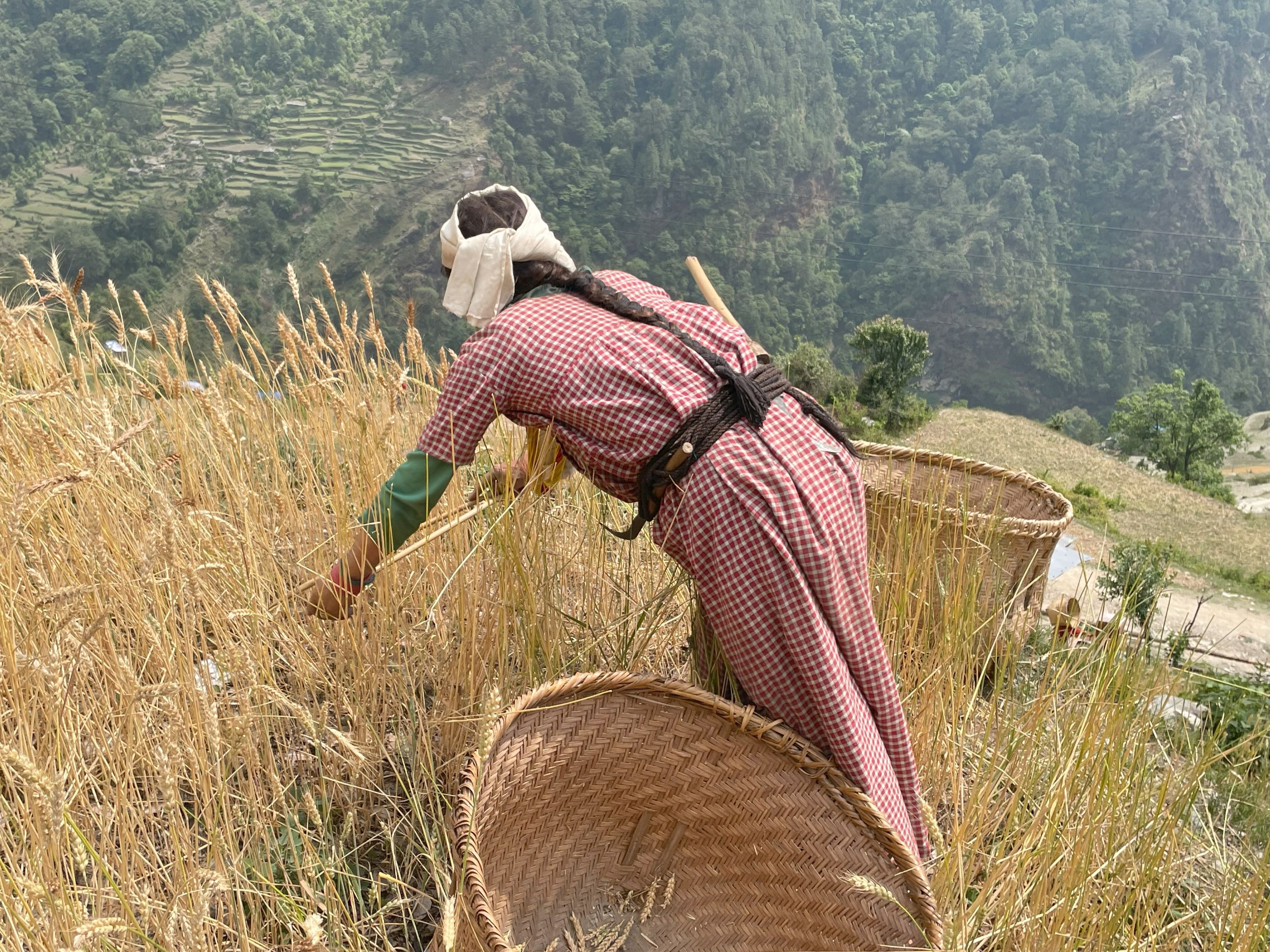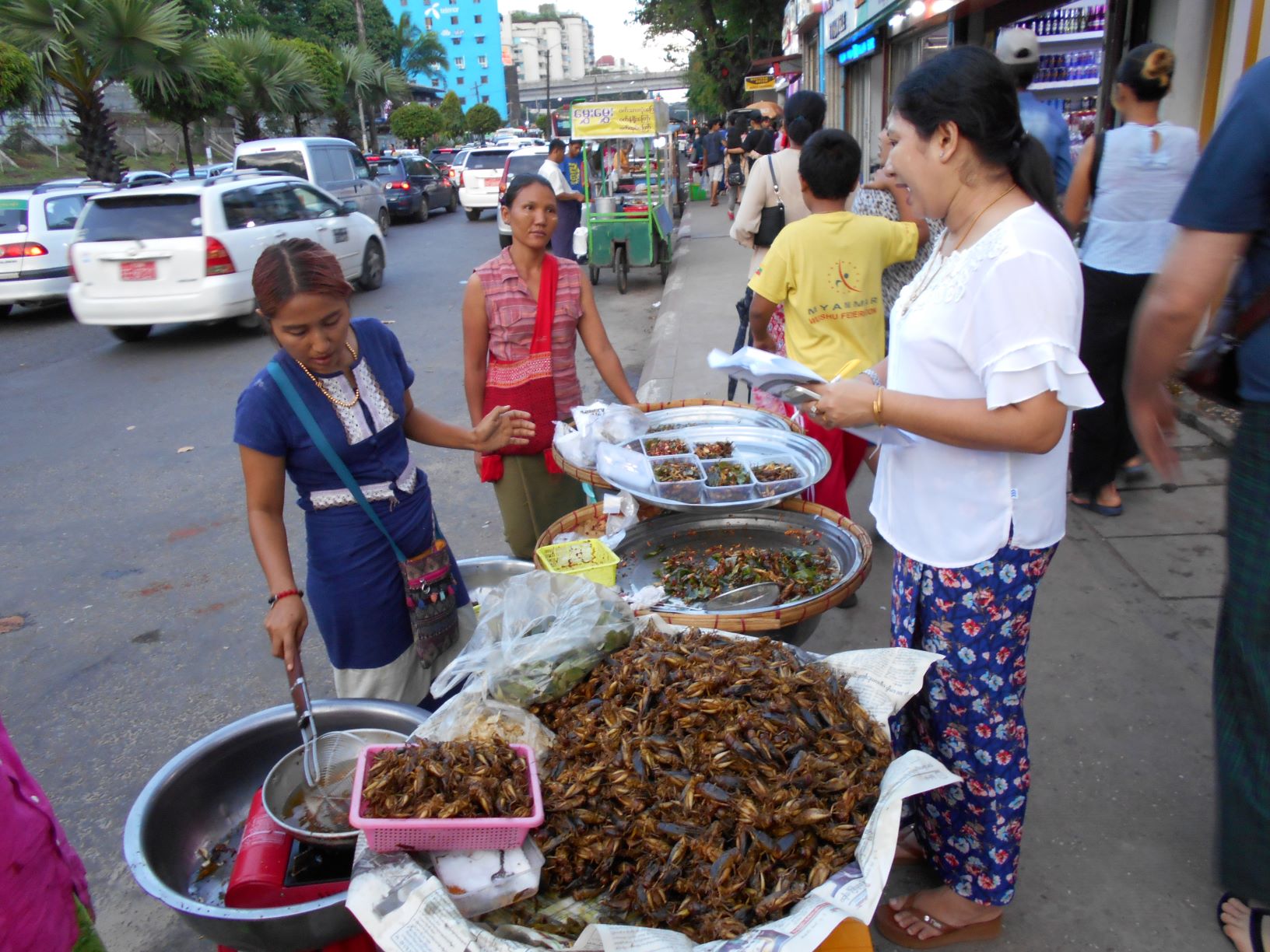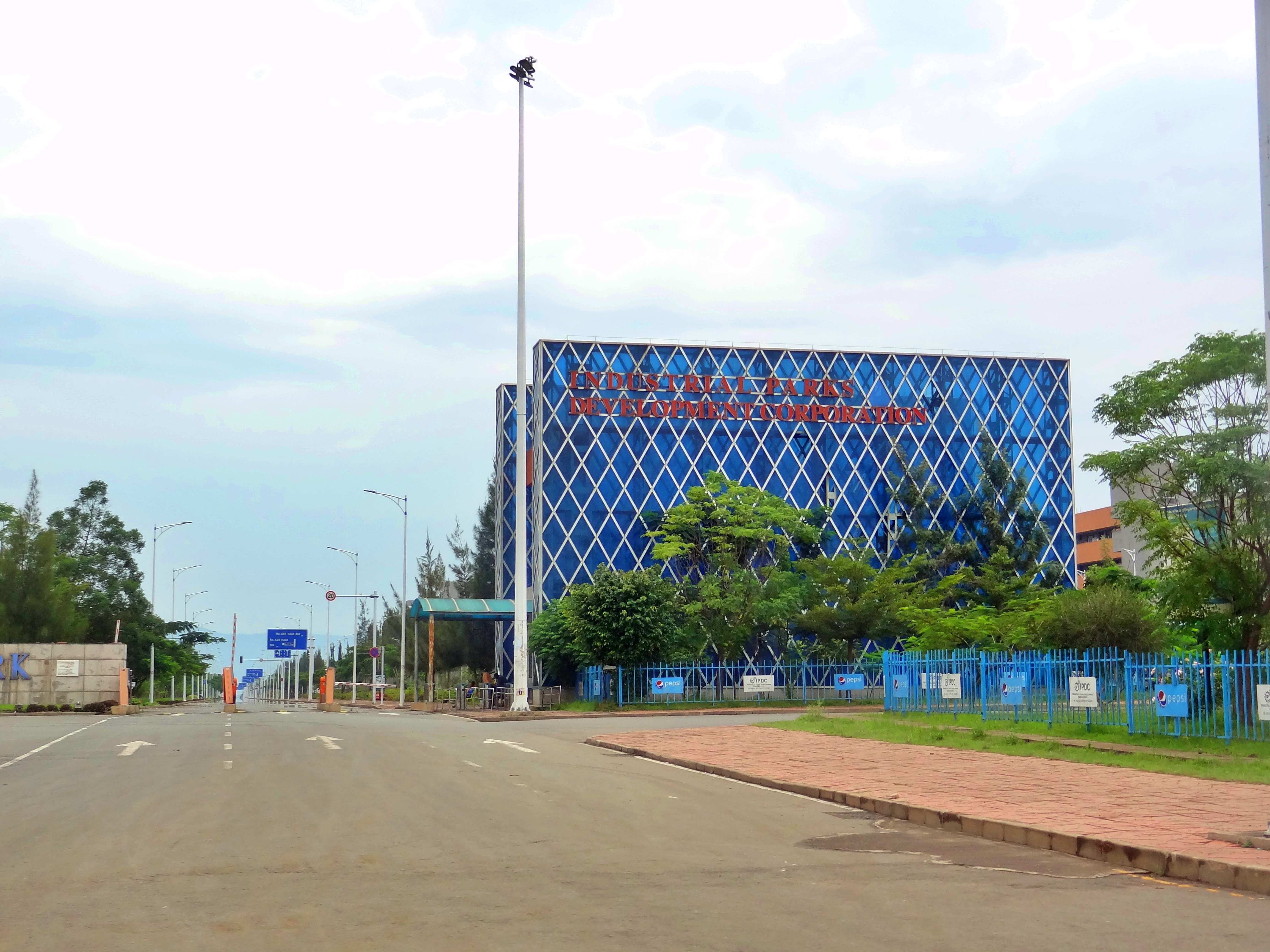NEPAL part 1. Hidden in Plain Sight: Women’s Role in Nepal’s Agriculture
In May 2025, a group of ZEF researchers paid a visit to Nepal within the framework of the Bonn Global Cooperation Fund (BGCF) project, funded by the Federal Ministry of Research, Technology and Space (BMFTR) and the Ministry of Culture and Science (MKW) of North Rhine-Westphalia. In this first blog post, ZEF senior researcher Anindita Sarkar shares insights from her research on women in agriculture.
A quiet revolution is unfolding in the remote hills of Bajang, a district in the Sudurpashchim province, located in the northwest of Nepal. This revolution is not marked by protests or headlines, but by the steady, relentless rhythm of women’s labor in fields, forests, homes, and irrigation canals. These women, whose efforts are often overlooked or dismissed, are the backbone of Nepal’s agricultural economy. Yet their contributions remain hidden in plain sight.
The phrase “hidden in plain sight” perfectly captures the paradox of women’s labor in rural Nepal. Women’s labor is everywhere: sowing seeds, hauling water, managing farms, and harvesting crops. Yet it is barely acknowledged, structurally unsupported, and often unpaid. This invisibility is not due to secrecy but rather to cultural blindness. When something is constant and foundational, people stop noticing it.
A feminized landscape of agriculture
Migration lies at the heart of this transformation. In Bajang, as in many other rural areas of Nepal, male-selective migration has long been a coping mechanism. Due to declining crop yields, increased food insecurity, and the worsening effects of climate change, more men are compelled to leave for Indian cities, Gulf countries, or Japan in search of stable incomes. “The poorer we get, the more we have to migrate,” explains an elderly villager.
When men migrate, women tend to stay behind. They care for the children, elderly, and livestock, if any remain, as well as the land. Women now manage sowing, weeding, transplanting, harvesting, composting, and seed selection. However, tradition still dictates that women should not touch the plow. This cultural barrier has real consequences; women often have to rent hand tillers or barter their labor to plow their fields.

One woman’s voice captures this frustration: “Give work to our men in the villages so they don’t have to go to far-off places to earn a living.” Others reflect a reluctant adaptation: “We can use mini tillers if we are trained. We don’t need to touch the plow.”
Empowered but overburdened
The feminization of agriculture in Bajang is not synonymous with empowerment — at least, not the kind that comes with choice and autonomy. Women are now taking on the lion’s share of agricultural responsibilities. In villages like Daarya and Pimi, women reported managing entire farm operations alone. They plan crop cycles, manage harvest revenues, and adapt to new climate patterns — all while carrying out domestic duties like fetching water, cooking, and care-giving.
“Our men do not trust us with their land. They’ve just left us the land to take care of the land, not to own it.”
A young woman interviewed in nepal

What they lack, however, is ownership. The patriarchal landholding structure leaves women without legal rights to the very farms they keep alive. Despite their growing role in decision-making, women remain tethered to systems that deny them formal power.
Migration: catalyst for change, driver of inequality
Interestingly, migration has also catalyzed social transformation, particularly among Dalit[AvdV1] [1][AS2] families. Traditionally landless and marginalized, these communities are now leasing land from upper-caste landlords who cannot cultivate their fragmented plots. Remittances have enabled Dalits to become tenant farmers, shifting them from their historic role as laborers working for wages paid in kind.
Women, especially those in Dalit families, are increasingly taking on farming roles traditionally reserved for men. Often, their husbands take their wives with them when they migrate to cities like Bangalore and Nainital. However, they often send their wives back when their families grow and the urban cost of living becomes unmanageable. In these cases, the women return to manage leased farms, acting not just as caretakers, but as central agents of agricultural production.
This shift is quietly eroding caste-based hierarchies. A Dalit man now sits beside high-caste elders, his social status bolstered by remittances and access to land. In Gogada village, a Dalit woman, armed with a smartphone and a steady stream of remittances from her husband in Dubai, manages two hectares of leased land. “There is nothing that binds me to this village,” she says. “I want to move to the Terai [2] and have a better life.”

Women at the frontlines of climate adaptation
In Bajang’s challenging terrain, agriculture is a dance with the climate — a dance that is becoming increasingly erratic. Women now bear the brunt of this unpredictability. They adjust their sowing and harvesting schedules based on changing rainfall patterns. They also contend with pest outbreaks worsened by warming temperatures and suffer productivity losses, all without insurance or state support.
Women’s knowledge of local climate shifts is often more accurate than that of men who have migrated. From adjusting crop calendars to cultivating pest-resistant varieties, women are leading hyperlocal adaptation strategies. However, they receive little to no support in the form of training, irrigation infrastructure, or access to markets and credit.
Women reported wanting to expand their vegetable gardens with plastic tunnels, a popular adaptation to erratic weather, but they also lamented the lack of irrigation. They are often more aware of agricultural programs and cooperatives than the men are. “What would men do after knowing about these schemes?” one woman asked. “They are not here, and they are not farming.”
Invisible costs, unequal rewards
Remittances are primarily used for consumption, such as food, clothing, and school fees, rather than for investing in agriculture. Alcoholism has also emerged as an unfortunate byproduct of male migration and easy access to cash. Women in several villages noted that prosperity has brought little peace. “Too much money leads to too much drinking,” one woman said.
While the influx of money may stabilize household consumption, it also increases women’s workload. Without their husbands, women cannot sell vegetables at the market, fetch water from distant springs, or compete for irrigation water by themselves. Not only are their lives heavier with physical labor, but they are also more isolated and vulnerable.
“I don’t know if migration has made my life better. All I know is my work has increased.”
One woman poignantly summing up the dilemma

Conclusion: recognizing what has always been there
In the hills of Bajang, women’s work is as evident as the mountain air. It is the invisible scaffolding that holds rural life together. Yet policies, institutions, and even household norms continue to overlook their importance.
The feminization of agriculture in Nepal is not just about labor substitution; it is about resilience, adaptation, and survival. These women are not waiting for saviors — they are innovating, organizing, and enduring. What they need is recognition, not as temporary caretakers of farms, but as rightful stakeholders in land, resources, and decision-making.
To build a more equitable and resilient rural Nepal, it is time we see what has always been there — hidden in plain sight.
Brief info on Nepal
Around 29.6 million people inhabit Nepal, with 77% living in rural areas. A significant portion of the male population has migrated to the Terai plains, where around 53% of Nepal’s population lives, or abroad. Approximately 2.2 million Nepalis live overseas, and 700,000 leave annually for foreign employment. Caste and ethnicity remain central to social identity, and the major ethnic groups include the Chhetri, Hill Brahmin, Magar, Tharu, and Tamang. Agriculture contributes about one-third to Nepal’s GDP, and roughly 66% of the population depends on farming, primarily at the subsistence level.
Author
Anindita Sarkar is a Senior Researcher at ZEF and a Professor at the Department of Geography, University of Delhi, Delhi, India.
Contact: anindita.sarkar@mirandahouse.ac.in or anindita@uni-bonn.de
Photo credits
Photos by author.
Notes
[1] Dalits, also known as “untouchables,” are considered to be the lowest level of the Hindu caste system. Although “untouchability” is legally prohibited in Nepal, Dalits often face discrimination, marginalization, and exclusion. They also remain disproportionately affected by poverty, low literacy rates, and other socioeconomic challenges.
[2] The Terai region is located in southern Nepal. This fertile lowland is characterized by intensive agriculture and is often referred to as the “rice bowl” of Nepal.
Acknowledgements
These observations were made during a visit to Nepal within the framework of the Bonn Global Cooperation Fund (BGCF) project, funded by the Federal Ministry of Research, Technology and Space (BMFTR) and the Ministry of Culture and Science (MKW) of North Rhine-Westphalia.








